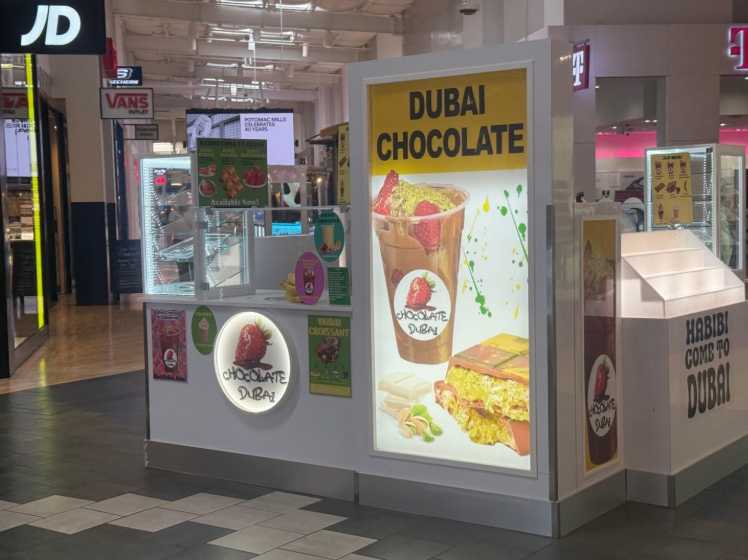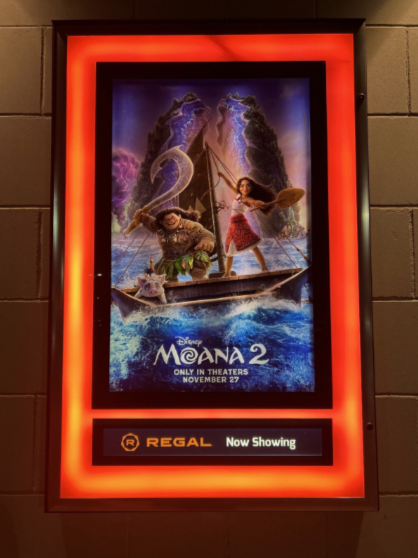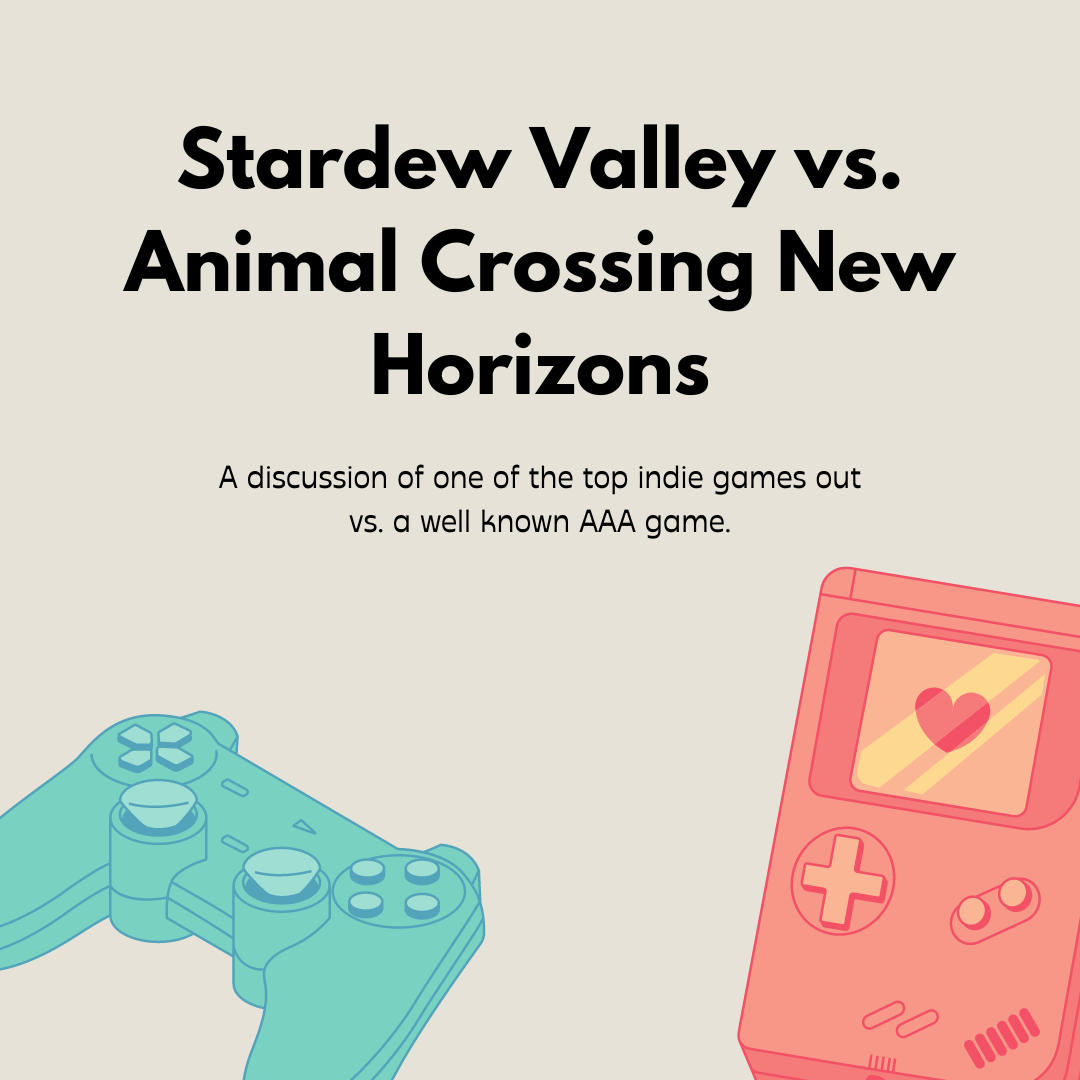If a sentence involving the phrases “rare labubu” and “Dubai chocolate” was uttered even five years ago, it certainly would have elicited some feelings of confusion. However, the presence of social media platforms has made these viral products more relevant as ever; the former, despite being a seemingly generic plush toy that would dangle off the bags of a couple dedicated collectors, has reportedly had variations that have been sold at five figures.
A similar experience can be said for Dubai chocolate. While coming off as a niche social media craze, this viral phenomenon has actually had numerous spinoffs based off of it that are distributed around the globe.
This begs the question as to exactly why these items gain such an explosive amount of traction on the market. What is causing such large quantities of products to be purchased at such a high rate among buyers?
The issue is complex, but it can mainly be tied back to one thing: consumerism in this modern economy.
Consumerism is defined as something that suggests that buyers purchasing more of these market-driven products will improve overall happiness or welfare as a result of doing so. Essentially, those who put money into items popular on social media believe they will feel some sense of gratification or that they aren’t “missing out” on the current new product. That is what causes a long-lasting cycle: something becomes popular online, users feel the need to purchase, others do so because of peer pressure, and so on.
The main target of these surges of popularity are microtrends, such as the aforementioned Labubus and Dubai chocolate. These typically wildly successful products are especially bolstered by short-form content apps like TikTok, but despite that, their predecessors thrived even when they didn’t have the support of social media.
Arguably the most popular example of this can be seen in the Beanie Baby craze of the 1990s. These stuffed toys, when in good condition (even better if the tag was still intact!) were selling for thousands of dollars. People waited hours outside storefronts to get their hands on one—very similar to the way consumers today stand in long lines at PopMart locations for a chance at buying the coveted Labubu.
Additionally, Labubus have also gained popularity among the teenage population. In a recent survey conducted at Patriot High School, 63% of the 30 respondents stated that they either owned a Labubu themselves or knew someone who did.

In addition to this popularity among teens, there have also been websites created by those especially enthusiastic about the product that have recently been emerging as well. Simon Chan, who runs the unofficial Labubu collector site, stated that, to him, Labubus are “…a fun break. I think, as humans, we all need a break from…reality [so we can] escape, and I think the Labubus definitely provide that. It’s like a healthy distraction.”
Chan also attributed the popularity of Labubus, as well as his own love for them, to the collection aspect of the toys: “I just personally love collecting things, especially when they’re limited. Whether it was baseball cards when I was a kid…I recently got back into the hobby five years ago. Also collecting comic books as a kid, or certain soda cans…I personally like collecting.”
While Chan recognizes the virality of the products now, he adds that “I think, just like [with] anything, nothing lasts forever. Eventually, it will fade, but they will always have [a group of] hardcore collectors. I don’t think this will fade in the next six months, but definitely in two, three years [it will].”
While we don’t know where exactly Labubus will be in the near future, there are other trends following a similar path. Matcha and Dubai chocolate are among them: although not exactly the same as a marketable plush toy, all three were made significantly more widespread by social media. Matcha, for example, has seen a recent surge in popularity. Supplies for the drink have been skyrocketing in need in recent months to keep up with the number of consumers.
The same kind of demand can be said for Dubai chocolate. Lotion manufacturers, shower gel companies, and even major retailers like Costco, Lindt, and Trader Joe’s have all emerged with beverages, cookies, and other dessert products inspired by the trend.
Like Labubus, this popularity can be among students as well, with just over 40% of respondents from the previously mentioned survey stating they have tried Dubai chocolate or some product inspired by it:

Microtrends like these may be a complex issue, but there are several main reasons as to why they gain demand. According to James Burroughs, professor and expert in consumer behavior and materialism at the University of Virginia, one of the main reasons products like Labubus gain so much traction is the scarcity factor: “It’s our human nature to still want those things that are valued by others and to control them, and especially if they’re scarce…if they’re following like a lot of other fads, they become hard to get, or certain ones become hard to get, or they become coveted…that causes a lot of admiration from others because they’re scarce, and because you control resources,” he said.
He also attributed widespread microtrends to today’s social media. “Social media [allows] for much vaster amounts of information to travel much more quickly among a much wider variation of the population…you can now, as a consumer, access the marketplace and put your products out onto the marketplace…You may not have the resources and the dollars… [but] once you get that viral aspect to it, it starts to really become self-fulfilling, and it can be very powerful,” Professor Burroughs added.
Microtrends, though they existed before the creation of the large platforms known today, especially thrive off of the fast-paced content that is so widely consumed. While easy to brush aside these trends as short-lived fads with no consequence, consumerism truly does have a large effect on the population.
Though it has the potential benefits of raising Gross Domestic Product (GDP) due to an increase in consumer spending as well as boosting the economy, consumerism is not all well and good. It is often criticized for the environmental issues it causes that come with overconsumption, resulting in pollution or wasteful packaging. This can further contribute to problems with waste disposal, resource depletion, and more.
It is also deemed problematic due to the false sense of gratification it can cause among consumers: “Now this is why, oftentimes, consumerism tends not to be very fulfilling or make people happy the way they think…They think if they got that Labubu doll, they’ll be happier, because they think it’ll make them more whole and it’ll enhance who they are. The reality is, it’s just a stuffed animal. It doesn’t change who you are,” said Professor Burroughs.
While the silly stuffed face of a Labubu or the seemingly absurd fixation with Dubai chocolate may seem like an odd obsession that exists only on social media, the reality is that it is representative of much more. Trends such as these, the ones that came before, and the ones that will inevitably come after, serve as both a reminder and a warning as to how easy it is to influence buyers—and with that influence comes the power to shift economies or the minds of the public.








